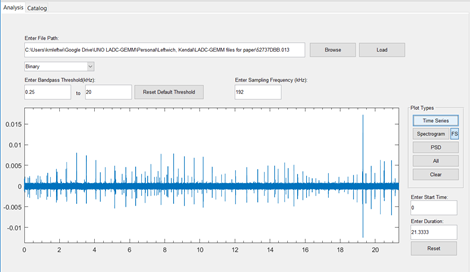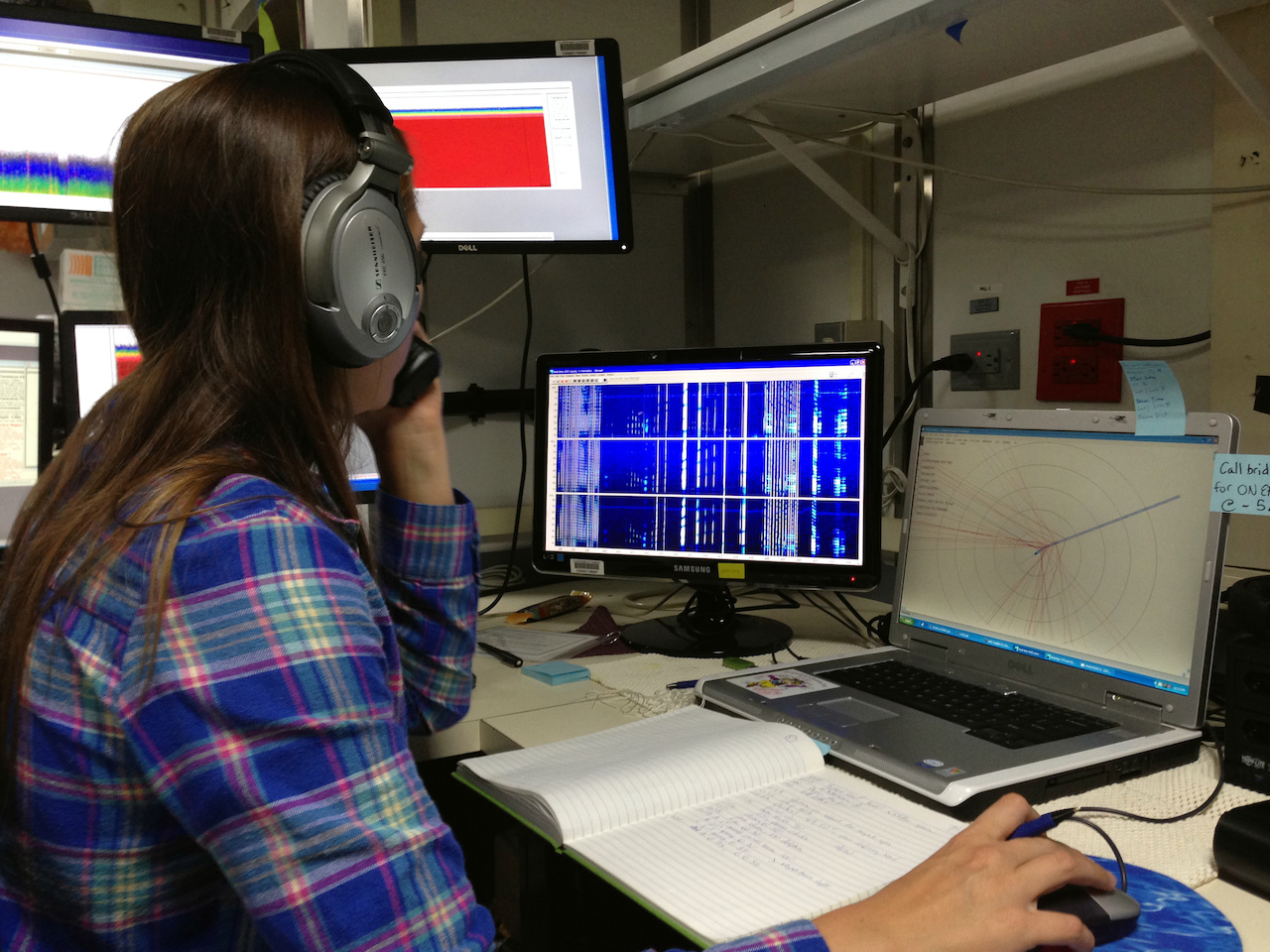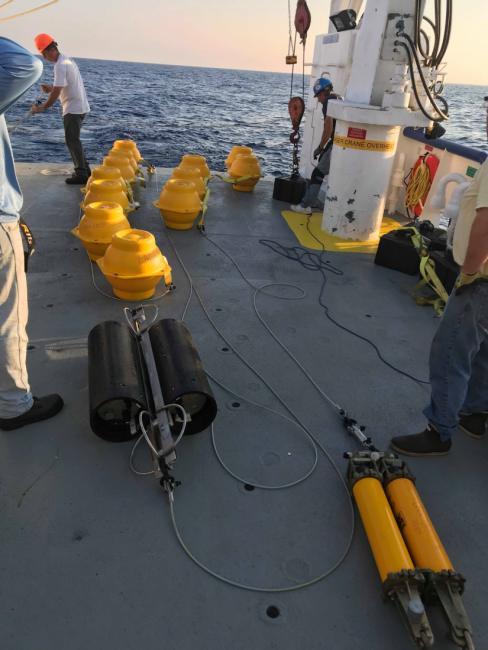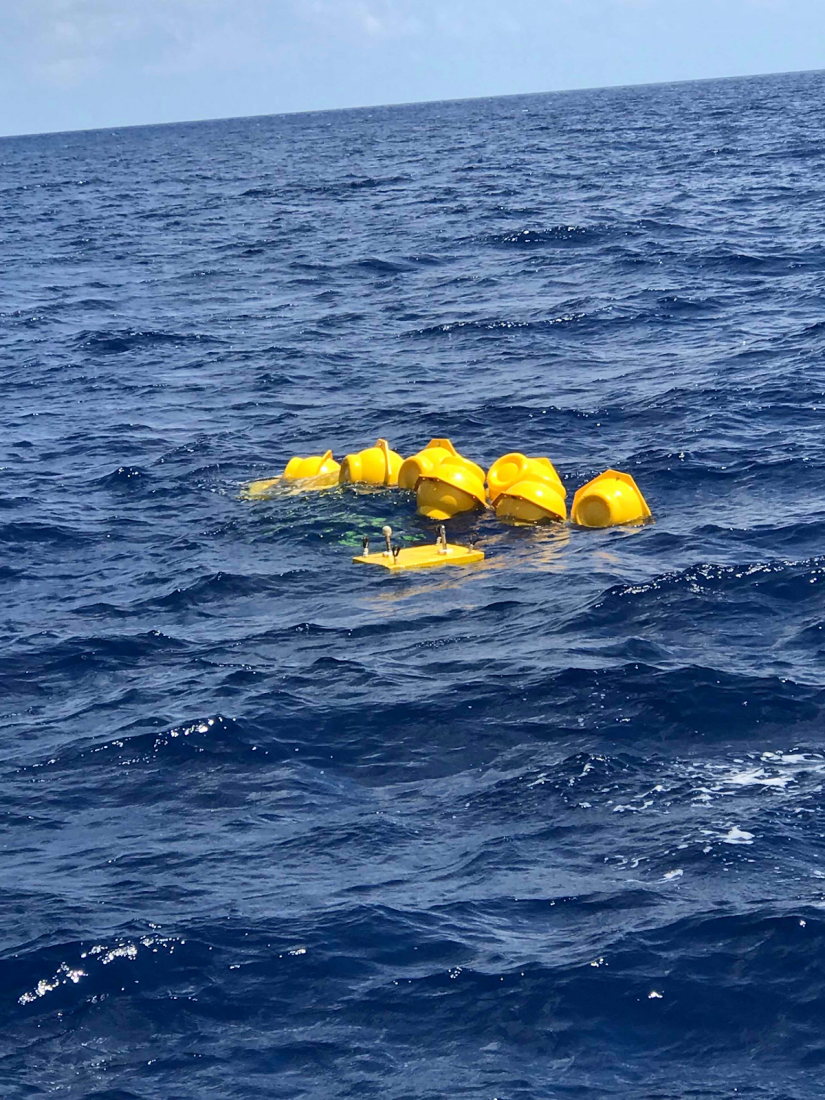During Whale Week (Feb. 10-14), NOAA’s Office of Response and Restoration is taking a closer look at the different pollutants affecting whales, and what OR&R and our partners are doing to help. In this guest blog from the University of New Orleans, learn more about a research group engaging high schoolers in Gulf science to monitor the impacts of Deepwater Horizon on marine mammal populations.

Over the last two years, our team of physicists who study the acoustics of marine mammals from the University of New Orleans has been exploring uncharted waters, local high schools.
Our group from the Littoral Acoustic Demonstration Center - Gulf Ecological Monitoring and Modeling is engaging high school students in our research about the impact of the Deepwater Horizon oil spill and its impacts on marine mammal populations in the northern Gulf of Mexico.
By getting kids to actually do science, rather than just read about it, we are increasing community awareness of the oil spill and cultivating a new generation of scientists at the same time.
Our first year took place at a local charter high school, working with a small group of five students. We quickly realized that we needed an easy way for the students to interact with our recordings of whale sounds gathered by passive acoustic monitoring. So we developed a graphical user interface so the students could visualize the data and perform some serious science.
Next we had to get students interested by helping them understand why the data is important. Most of the students were not even aware that whales lived in the Gulf, let alone that it’s an important breeding ground! Once the students understood what they were listening to, they were excited to learn how to use the program we built and interpret their results.
During the school year, we gave the students projects that required them to identify specific marine mammal species from the data. As the semester went on, the students became comfortable with the data and began suggesting research projects of their own. This is a key turning point where the students learn to think like young scientists.
Year two of the experiment took place at an all-girls Catholic high school, and this time entire classes in different grades and subjects were engaging with the research. By working with the teachers and administration, we taught a tenth grade biology class about our work. The goal in the biology class was to understand the scientific method. Each of the students installed the interface on their own computer and used the whale data to work on their class project.
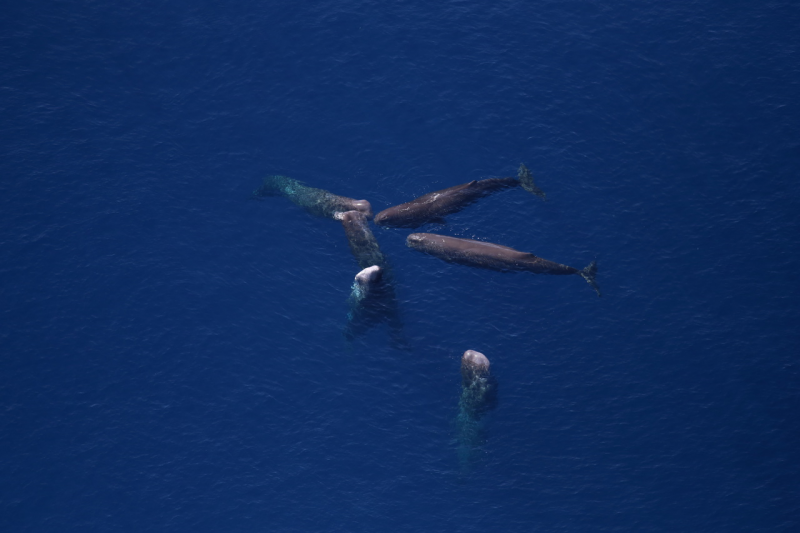
Students worked in pairs and would load a file to look through, attempting to identify possible clicks produced by marine mammals. They would then use published papers provided by our team to identify the particular species of the marine mammal by using observed parameters: waveform shape, frequency content, and peak frequency. The students would then catalog all positive identifications into a spreadsheet to store their processed data. At the end of the project, each student pair created a poster and presented their results to the entire class.
The next phase took place in a twelfth grade statistics class. Students used the data collected by the biology class to learn and apply statistical analyses. The students calculated values such as standard deviation and variance. Instead of these concepts just being abstract ideas, students had authentic data to work with so that they obtained a more intuitive understanding of these mathematical concepts.
At the end of the semester, students carried out a population density calculation for dolphins in the northern Gulf using dolphin click data obtained by our team. This real world example helped the students learn how population densities are calculated and how to interpret their results.
The final phase was with a twelfth grade environmental science class, where we used the data from both the biology and statistics classes, as well as some results provided by our team. The class discussed the environmental impact of events like the Deepwater Horizon oil spill on marine mammals. After reading papers about recovery rates after catastrophic events, the students concluded if their calculated detection rates of marine mammals were increasing or decreasing.
The second year of our project was successful in many ways, but in our opinions, the most important aspects of the entire project were that students learned that science is more than reading a textbook; that scientific research is usually cross disciplinary.
We also got positive feedback from our students. Hannah told us that she enjoyed learning to identify various marine mammals from the data and learning that whales are present in the Gulf, and Allison reported that she enjoyed learning about experimental design and the scientific process of data analysis. Hearing from students that were inspired by our work made us feel like our two-year experiment was all worthwhile.
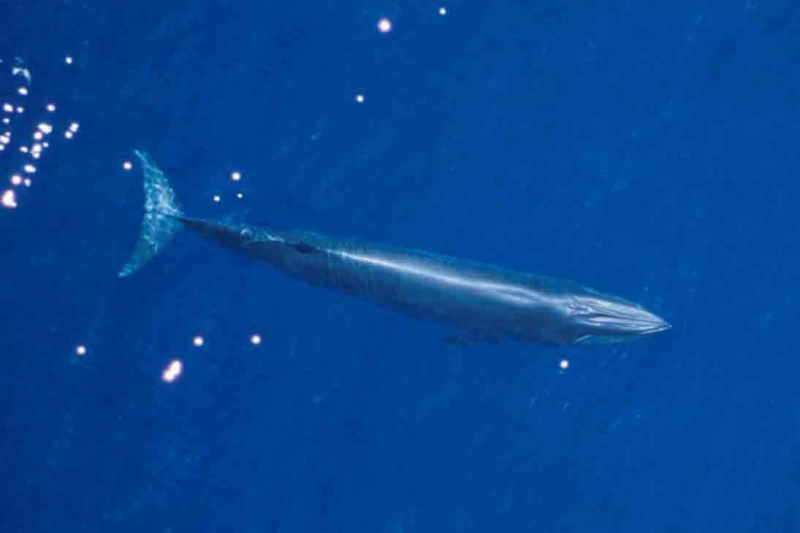
Four of the students from year two enjoyed the research so much they wanted to continue working with the data. These four students created and submitted an abstract and poster to Innovate UNO, a University of New Orleans wide research and creative works symposium, which gave them an official citation for their work. Furthermore, one of the student’s work and skills were so exceptional that she was invited as a student researcher at UNO over the following summer!
Our engagement with high school students around real science has been a resounding success, and we hope to inspire other university researchers to work with our future generation of scientists. While they may be young, these students can tackle real scientific topics when they’re given the chance. We encourage both scientists and high school teachers to reach out to each other to develop partnerships and enhance their curriculums.
We set out to teach kids about our work in the Gulf of Mexico, but we ended up learning more from them than we ever expected.
For more information please see our article in The Physics Teacher “Introducing Scholarly Research to High School Students.”

